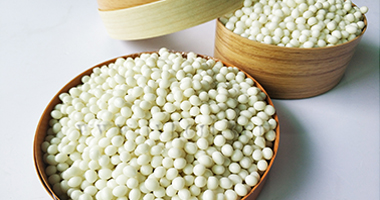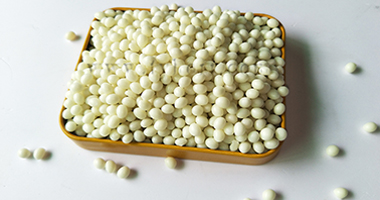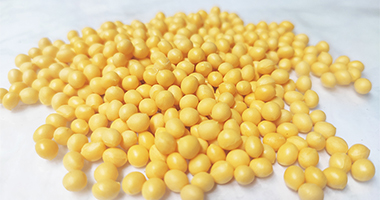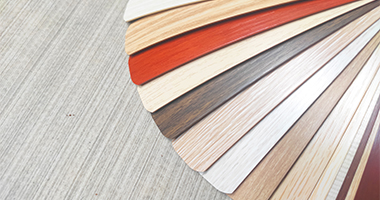What are the types of edge sealing hot melt adhesives?
1、EVA (ethylene-vinyl acetate copolymer resin) base material hot melt adhesive can be divided into two types with filler and without filler, the limitation is poor heat resistance;

2、POL YAMIDE (polyamide) based hot melt adhesive.It has the characteristics of good heat resistance and fast curing, but it is expensive;
3、HMPU (polyurethane) base hot melt adhesive.Excellent performance, often used in high-quality panels.But the price is expensive and the method of use is special.According to the temperature, there are high temperature, medium temperature, low temperature and other furniture edge hot melt adhesives.
 What are the characteristics of environmentally friendly edge sealing hot melt adhesives?
What are the characteristics of environmentally friendly edge sealing hot melt adhesives?
 Appearance And Prospect Of Edge Sealing Hot Melt Adhesive
Appearance And Prospect Of Edge Sealing Hot Melt Adhesive
 What kinds of situations often occur when hot melt adhesive particles are used in furniture edge sealing?
What kinds of situations often occur when hot melt adhesive particles are used in furniture edge sealing?
 Reasons for the open edge of the edge band
Reasons for the open edge of the edge band